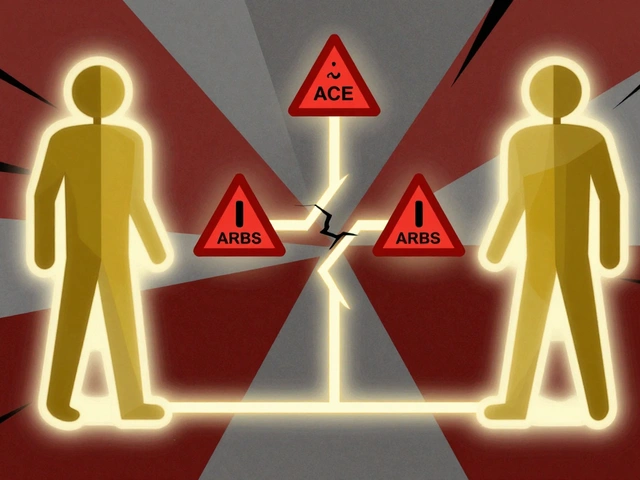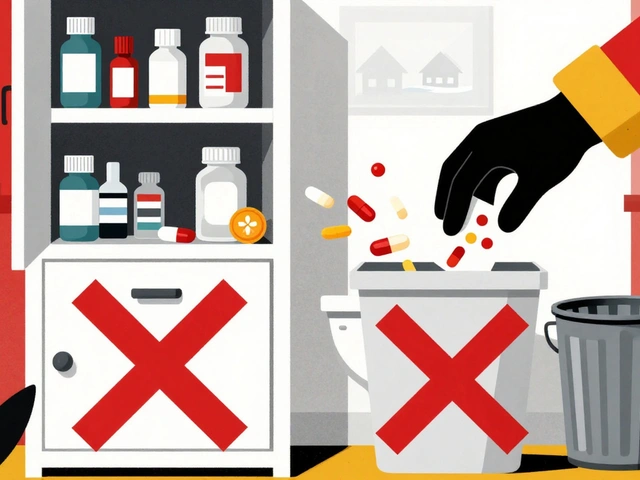DVT Facts: Understanding Deep Vein Thrombosis
When working with Deep Vein Thrombosis (DVT), a blood clot that forms in the deep veins, usually of the legs. Also known as leg clot, it can block blood flow and lead to serious complications if ignored. DVT facts matter because the condition accounts for a significant share of preventable hospital deaths worldwide.
Key Players Connected to DVT
One major Risk Factors, conditions or behaviors that raise the chance of clot formation include prolonged immobility, surgery, cancer, obesity, and genetic clotting disorders. These factors influence DVT occurrence and help clinicians estimate a patient’s risk profile. Another critical entity is Pulmonary Embolism, the sudden blockage of lung arteries by a clot that broke free from a DVT site. This is a life‑threatening complication that requires immediate medical attention. Understanding how DVT encompasses clot formation and how it connects to pulmonary embolism guides both prevention and emergency response.
Diagnosing DVT usually starts with a physical exam followed by a Compression Ultrasound, a non‑invasive imaging test that visualizes clots in real time. The test is quick, reliable, and can rule out clots in most cases. If a clot is confirmed, the treatment plan often centers on Anticoagulant Therapy, medications that thin the blood to prevent clot growth and new clot formation. Common drugs include warfarin, DOACs (direct oral anticoagulants), and heparin. While anticoagulants are the backbone of therapy, they must be balanced against bleeding risks, so regular monitoring is essential.
Prevention is where most DVT facts have the biggest impact. Simple measures such as staying hydrated, moving around during long trips, and using Compression Stockings, graduated elastic garments that improve leg blood flow can cut clot risk dramatically. For high‑risk patients, doctors may prescribe prophylactic anticoagulants before surgery or during hospital stays. Lifestyle tweaks—maintaining a healthy weight, quitting smoking, and regular exercise—also lower the odds of a clot forming.
Below you’ll find a curated list of articles that dive deeper into each of these areas, from spotting early symptoms to choosing the right anticoagulant. Whether you’re a patient, a caregiver, or just curious about clot health, the posts ahead will give you practical, up‑to‑date guidance on all things DVT.

Blood Clot Myths Debunked: What’s True and What’s Not
Debunk common blood clot myths with clear facts, prevention tips, and when to seek help. Learn the truth about DVT, PE, anticoagulants, and more.
read more




